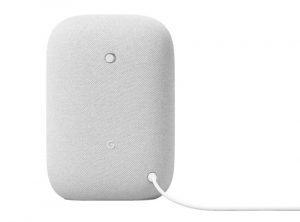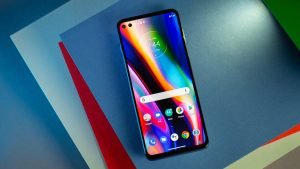Podcasting is one of the fastest-growing businesses right now. If you want to get in the world of podcasting, this article will help you because if you’re going to start a podcast, you should have a decent microphone so that your audience can clearly hear your voice.
Nowadays, the USB mic stands out as a great piece of equipment. The USB microphones are compatible with any device, they are easy to set up and no additional equipment needed. So you can record on the go. Just plug it into your laptop and start recording.
However there are many types of USB microphones. Is it hard to find which one will work best for our needs and budget? So here I help you to get the best microphone. Please take a look at our overview for the best USB microphones for podcast in 2022.

What is a USB Microphone?
A USB microphone means you don’t need to buy any recording equipment. It is straightforward to set up. Just plug it into your computer and start recording.
It contains all the elements of a traditional microphone like the diaphragm, capsule, etc, plus two additional circuits: an onboard preamp and an analog-to-digital (A/D) converter. In particular:
- Thanks to the onboard preamp, there is no need to connect the microphone to a mixer or an external preamp.
- The A/D converter converts the microphone’s output from analog to digital and allows you to record using devices like PC, Mac, iPad, via USB interface.
Types of USB microphone
There are three types of USB microphones: Cardioid, Omnidirectional, and figure-8. Each type records different sounds with a specific polar pattern.
- Cardioid microphone
This type of mic is susceptible to the sound that comes directly in front of the mic. But this mic will also pick up the sound coming from the backside of the mic. For example you can use this pattern for recording your podcast or singing.
- Omnidirectional microphone
The omnidirectional microphone is very sensitive. It records the sound in almost any direction, front, back, right, and left simultaneously. If you are in a conference call with multiple participants, then this works well. But it will take unwanted background noise as well.
- Figure-8 microphone
Figure-8 microphone capture sounds from the front and back of the mic. For example, if you want to record interviews in your podcast, then this polar pattern could be very helpful.
XLR vs. USB microphones – which is best?
The main difference between a USB and an XLR mic is connecting to other recording equipment. XLR microphones require more advanced podcast setups with additional equipment, like a phantom power source. The USB microphones are very simple and easy to use. They use USB cables to connect computers or any other device.
USB microphones are best for any podcaster level, especially for those who are recording on the go.
What should I look for in a USB microphone?
- Polar Patterns
Polar patterns have a significant impact on how a microphone picks up the sound. Suppose you are a podcaster who involves interviews. In that case, the cardioid mode is best for you if it picks up the sound that comes directly from the front side of the microphone or if you are a musician. Then the omnidirectional mode gives you the best recording quality because it captures all the sounds in your studio.
- Headphone Monitoring
Almost every USB mics have a headphone jack with built-in volume control. With this, you can monitor your voice while recording.
- Condenser vs. Dynamic Microphones
If you are looking for the best mic for your podcast, then a condenser mic is best for you, because they are bright and clear, but they can also pick up unwanted noise.
Instead Dynamic mics are more focused. These are best for capturing louder sounds and live performances.
- Microphone Features and Controls
Features and controls are essential things in a mic. Many mics provide different types of features and controls. Could you pay attention to them? Also, check if the pop filter is given or not. What pop filter does, it picks up less background noise and produces clear audio.
How to find the best podcasting USB microphone?
Here is a list of the best USB microphones for different price ranges.
Shure MV7 USB Microphone

Pros:
- Robust build quality
- Good connectivity options
- Professional sound
- The included software is superb
Cons:
- No accessories included
- Not iPad comparable
Most professional podcasters use the Shure MV7 Microphone for their programs because of its features and versatility. This is a dynamic mic. It comes with built-in automated features, so you can get high-quality audio without changing the settings like sound levels and vocal tone.
The Shure MV7 mic provides a very crisp and clear voice. And it is perfect for those who want to get a high-quality microphone for their podcast or streaming.
Read the full Shure MV7 review
Rode NT-USB Microphone

Pros:
- Good Sound Quality
- Smooth Design
- Pop shield included
- Low self-noise
Cons:
- Low Resolution
- Single polar pattern
Rode is a well-known brand for making a quality microphone. The Rode NT-USB microphone is excellent-looking.
This mic comes with everything you need to get started in streaming or podcasting. Rode provides a 20ft long USB cable that will give you more space if you need to move the mic away from your table, so you can, and it works well.
Read the full Rode NT-USB Microphone review
Blue Snowball USB Microphone

Pros:
- Good price
- Can plug and play
- Convenient for computers and laptops
Cons:
- The angle of the mic could be improved upon
The Blue Snowball microphone is the most popular starter mic for podcasters. This USB-powered mic delivers high-quality recordings in a small package. With this price range, podcasters, gamers, vocalists, musicians, instructors, and interviewers love this microphone.
It is a plug and play type of mic, so you can start recording in a minute. No software or additional equipment is needed. But the Blue snowball microphone’s quality is not high enough to impress the professionals. Overall this is a decent mic.
Read the full Blue Snowball Microphone review
Razer Seiren X

Pros:
- Inexpensive
- Decent build quality
- Compact
Cons:
- None
The Razer Seiren X is a superb microphone that provides high-quality audio recordings. The Razer gives us zero-latency monitoring, which means you can monitor yourself while you are streaming. In this way, you can hear what your audience is hearing without hearing echoes on your stream.
The most helpful thing is that it provides a super-cardioid pickup pattern to control the unwanted background noise. It will not record the background noises like footsteps outside our studio etc.
Read the full Razer Seiren X review
JLab Talk USB Microphone
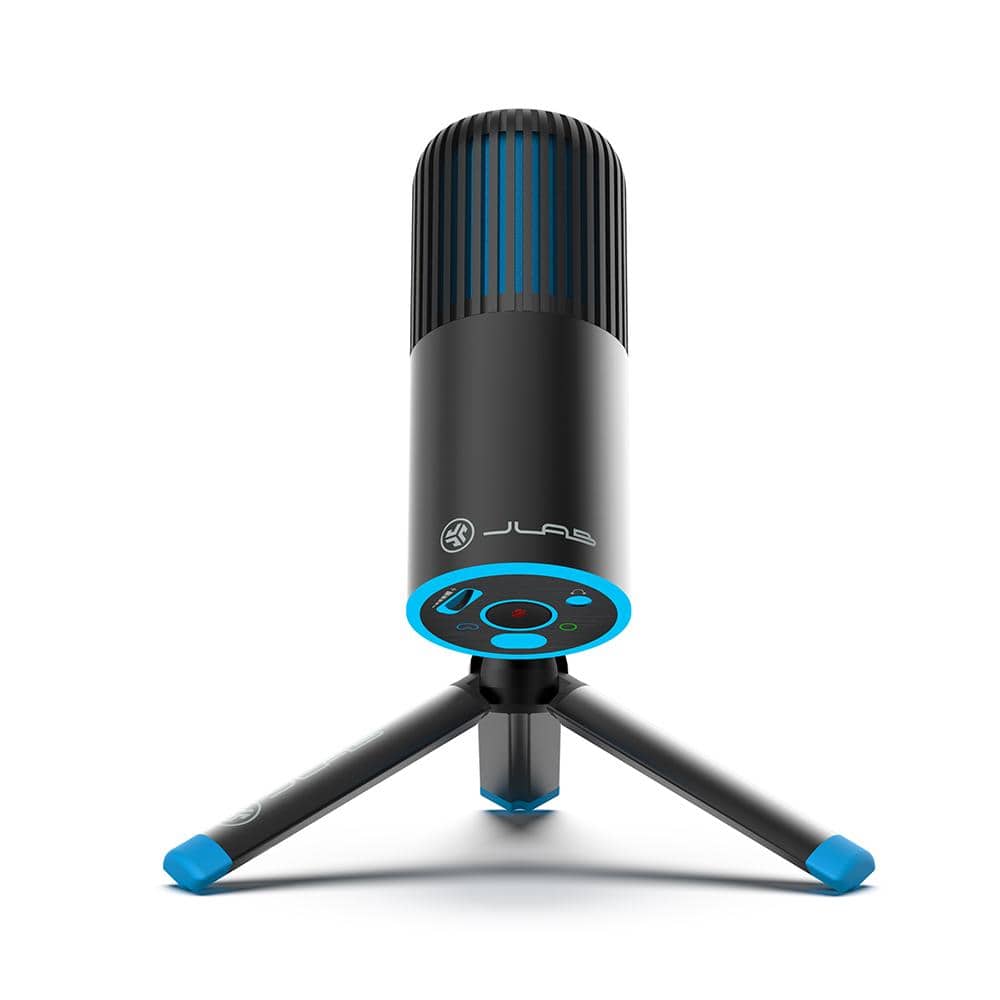
Pros:
- Very user-friendly
- Well-priced
- Good recording quality
- Multiple directional patterns
Cons:
- Can pick up background noise
- Not every directional mode is useful
The JLab Talk is a very sleek and attractive microphone. It produces outstanding sound quality, and you can also enhance the quality of your recordings quickly with the help of its four modes (cardioid, stereo, bidirectional and omnidirectional).
Cardioid mode is ideal for recording when a single person speaks. This mode mainly records sound directly in front of the microphone. An omnidirectional pattern, which records all the noise around the mic, can be best for group podcasting. The three-condenser array does an excellent job for the more challenging conditions.
Read the full JLab Talk Microphone review
Elgato wave: 3 Microphone

Pros:
- Affordable
- Easy-to-operate onboard level controls
- Low-latency monitoring
- Free software for blending various audio sources when streaming
Cons:
- No pop filter included
- No switchable mic patterns
- Not for home studio use
The Elgato Wave 3 is best for beginners who want to get started in podcasting or streaming. This microphone’s design is straightforward and clean. It has a cardioid pickup pattern with an almost retro look, and its size is minimal so that it will not take up a large portion of your desk.
Elgato owns proprietary software designed to enhance its performance. The WaveLink software is straightforward to use and quickly set up. This software gives you more control than you can get the quality sound recording.
Read the full Elgato Wave:3 review
Movo UM700 Microphone
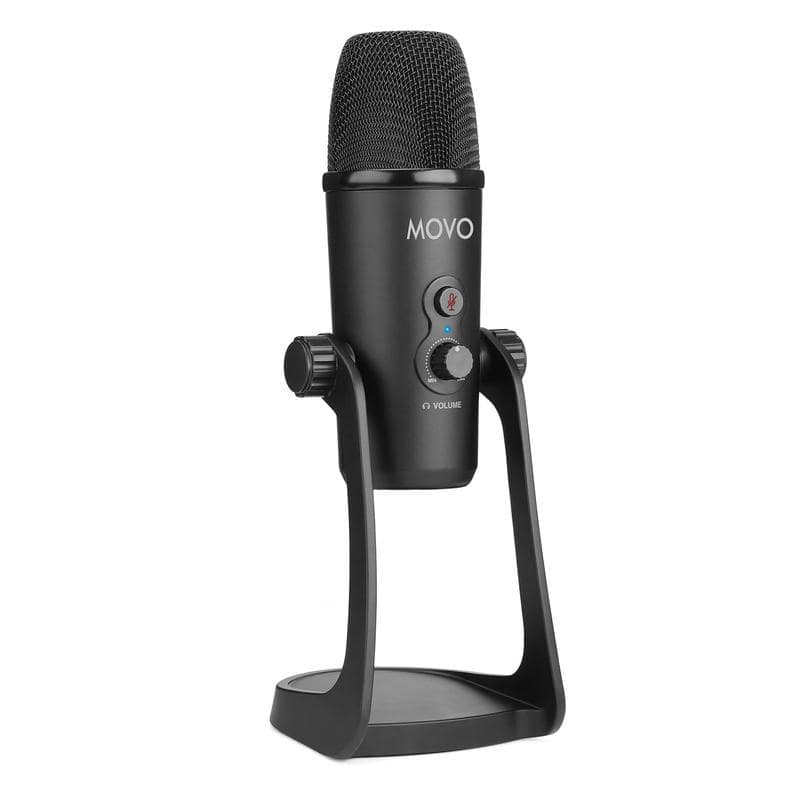
Pros:
- Excellent audio recording quality
- Affordable
- Versatile
- Plug-and-play support for Windows and macOS
Cons:
- Condenser mic, not dynamic mic
- No XLR connector
The Movo UM700 is an affordable microphone. This is best for those new in the podcasting world, and it has different recording modes, so if for example you want to record a group conversation without multiple microphones, don’t worry, this will handle it.
The sound quality is excellent if you want your podcast to sound professional, but you need to touch up recordings when editing. With this mic, you will get a complete set of onboard controls, including gain dial, mute button, etc.
Read the full Movo UM700 review
Blue Yeti USB Microphone
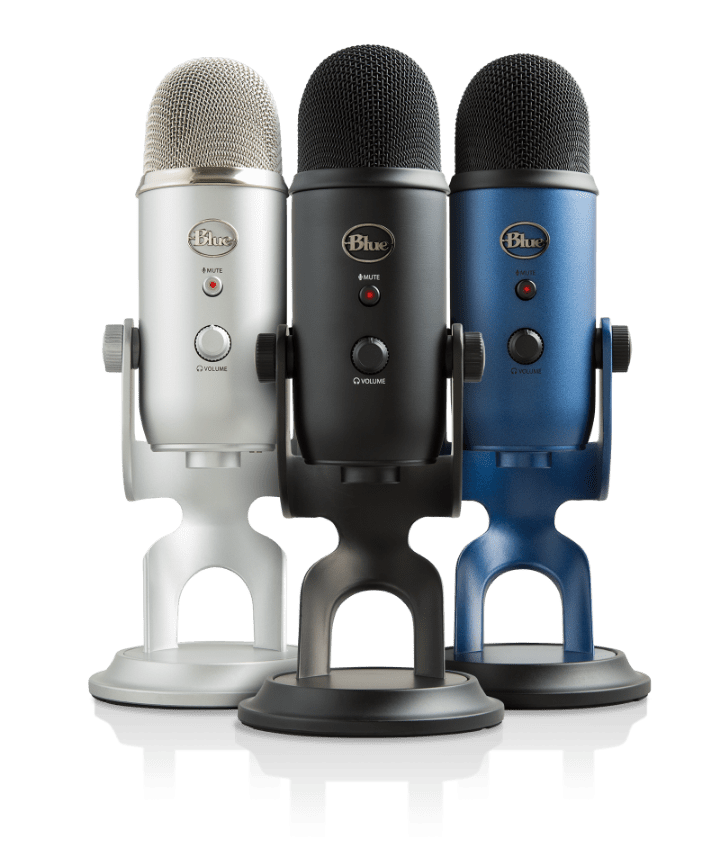
Pros:
- Superb value for money
- Versatile
- Tough as old boots
Cons:
- USB only
With a simple setup, the Blue Yeti provides impressive sound thanks to its three condenser capsules, and it gives you multiple pickup pattern selectors so you can choose the pattern that suits your needs.
The Blue Yeti is one of the best podcast microphones because of its ease of use and outstanding sound. This microphone is ideal for those who want a good quality microphone for a reasonable price.
Read the full Blue Yeti Microphone review
HyperX SoloCast USB Microphone

Pros:
- Affordable
- Minimalist
- Good for beginners
Cons:
- Basic features
- Average stand
The HyperX SoloCast is a simple-looking microphone. It takes very little space on your desk. It is a plug-and-play functionality microphone so that you don’t need to install any software. Just plug it into your computer or laptop, and you are good to go. If you are looking for a simple yet effective microphone, then this is the best microphone.
Read the full HyperX SoloCast review
Conclusion
After reading this article, I hope you know which one you should buy for your podcast journey. In case feel free to ask me any questions. I’ll make sure to get back to you.
See soon
Dr Walnut

